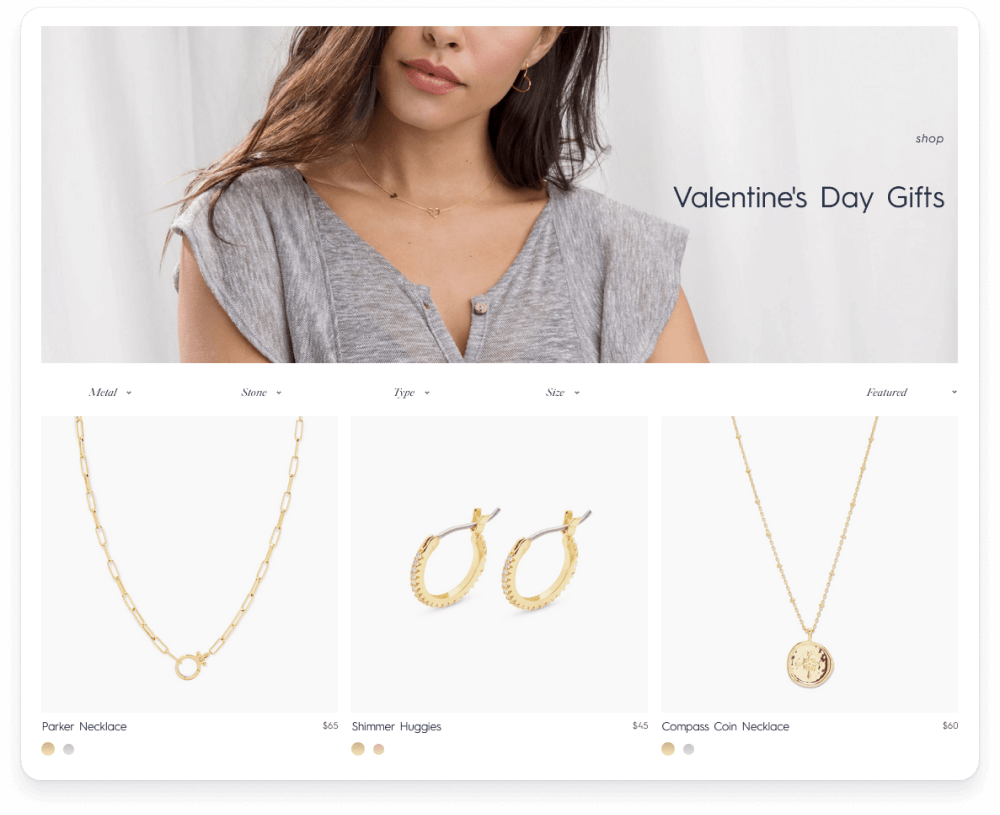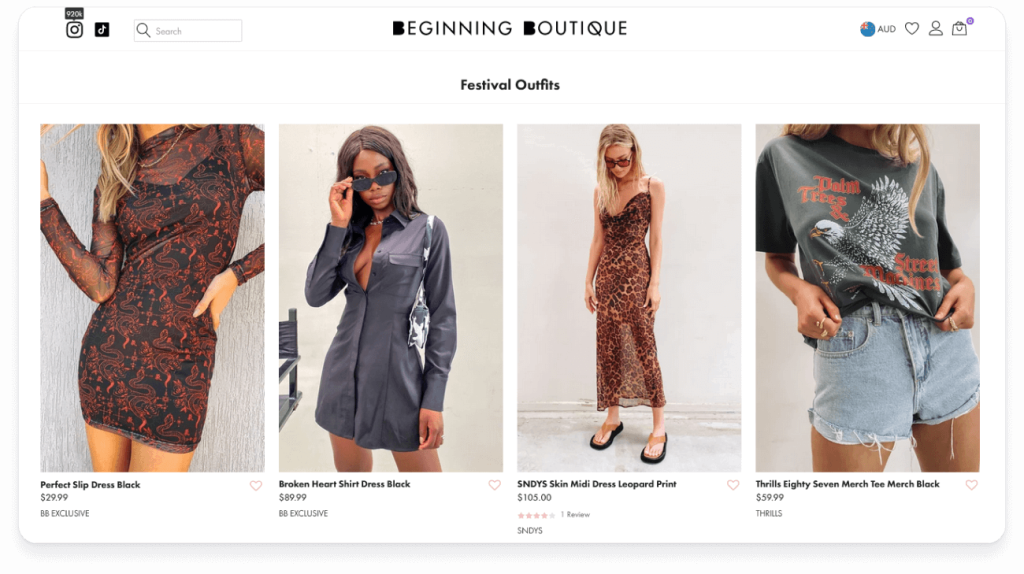
- Ecommerce Marketing
- Integration
- Partners
- Product
Supercharge Customer Engagement with Okendo & Klaviyo
Guest Author | Apr 21, 2025
Feb 26, 2021 | 9 minute read

Kelsey Clutter
Kelsey Clutter, Content Marketing Manager

One of the most exciting aspects of eCommerce marketing is there’s a whole calendar of events to target and promote.
From Valentine’s Day and Cyber Monday to seasonal sales — with the right marketing strategy, you can leverage these dates to generate sales throughout the entire year.
So grab your diary, and let’s get planning.
Holidays are centered around gift-giving which means people buy products they don’t typically buy for the need of someone else. These shoppers spend a decent amount of their time conducting product research, reading reviews, and comparing different price points — giving you a unique opportunity to tailor your marketing and reach to new customers.
Shoppers are on the hunt for the perfect gift (and the perfect deal). Using customer data collected through customer reviews or website analytics becomes a powerful tool for merchants looking to whip up an offer shoppers can’t refuse. With this data, they can finetune their messaging and create personalized offers — which is crucial when shoppers are being bombarded with other discounts and offers.
Last year, online sales grew 47.2% over the Christmas period, but Christmas isn’t the only holiday giving consumers a reason to shop. There’s a different holiday every day of the week, from the serious to the amusing. Find holidays most relevant to your customers and brand, and create tailored marketing campaigns.
For example, if you’re a dog food brand you might run a “most photogenic pup” competition on Dog Appreciation Day and award a bundle of treats to the winner. If you’re a clothing brand, you might offer large discounts on pink shirts in the lead up to International Wear Pink Day.
Here are just a few top holidays to consider as fuel for your eCommerce marketing strategy:


WAG makes sure they send the right message and offer to each of their customers by using data collected from their customer reviews. This allowed them to tailor their product recommendation campaigns in Klaviyo based on key information like age, tastes, and past purchases.

Seasons don’t just signal a change in the weather. They also mark a shift in purchase behavior. Consumers are shopping for products best fit for the season (and you can bet the name of the season will be a key component of their search query). This could be shopping online for a pair of new sunglasses during the summer, rain boots in the spring, and heavy snow jackets for the winter.
Depending on your product offering, your online store can experience either a severe increase or decrease in order volumes based on consumer demand during each season.
However, online stores that look to remain competitive find a way to meet consumer demands by adjusting their business models, supply chains, inventory, shipping strategies and even sales and marketing promotions as a result of seasonal shopping.
For example, if you’re a sportswear brand, start the summer by running promotions on running shorts — then end the summer with promotions for bundled hoodies and beanies for the fall.
Each season offers a unique sales opportunity (if you know how to market your product year round). Even if you sell just one product type, you can still get creative by demonstrating different product uses throughout the year. For example, if you’re a coffee brand, you can run a campaign on brewing the perfect winter’s coffee during the colder months, and share recipes for iced coffees during the summer months.
Copper Cow Coffee let’s customers know their coffee can be enjoyed year round by providing insights and tips on how to create the perfect hot or cold brew coffee under their “learn” category. They even take it one step further by including customer generated photos to emphasize product usage.

Every year brings a variety of events to celebrate. Even with the on-going pandemic, we can still expect consumers to be celebrating events virtually.
Sporting events, movie releases, award ceremonies, and music events create a wave of interest amongst consumers. It’s hard to ignore when they’re the hottest topic across social media, tv, and the internet for weeks and even months prior to the actual day of the event. As a result, consumers feel the need and desire to buy something fit for the occasion just so they can become part of the buzz.
Anything from clothing and accessories, to electronics and beverages can be a top product category for special events — it has everything to do with what’s trending.
For example, anyone attending Coachella will be shopping for the best festival looks. Those following Coachella from afar will take note of the latest trends and look for brands to help them recreate the look at home.
And it doesn’t have to be just a music event. Any event that appeals to your audience and is relevant to your products is something to make an appearance to. Some special events in 2021 include:
Beginning Boutique helps their female shoppers find the perfect festival outfit and accessories by creating a dedicated “festival outfits” collection. Displaying customer reviews and ratings only adds to the hype of this collection, allowing shoppers to get a feel for the most popular picks.

Now that your marketing calendar is full of events, you’ll need to start gathering content for your campaigns!
Okendo helps brands collect user-generated content (UGC) for their website and marketing channels to engage with customers, build shopper trust, and increase conversions.
Using Okendo’s integrations with top technology partners including: Google, Facebook, Instagram, & Klaviyo, merchants can stand out in organic and paid search results, display compelling UGC on social media, and deliver more personalized messaging via email.Learn more about Okendo and the power of leveraging UGC throughout your eCommerce marketing strategy here.
Related articles
Ready to learn more?